世界で唯一『モネの庭』の名前を冠することを許された庭が、高知県北川村にあります。『マルモッタン モネの庭』は、印象派の巨匠クロード・モネ(Claude Monet)が43歳から生涯の半分を過ごした、フランスのジヴェルニー(Giverny)のモネの庭を再現した庭です。モネが「睡蓮」を描いたジヴェルニーの庭園(Le Jardin de l’artiste à Giverny)以外では、クロード・モネ財団(Fondation Claude Monet)から「モネの庭」を冠することを公式に認められている唯一の庭園です。ジヴェルニーに移り住んだモネは手紙の中で「私は歓喜に酔っている。ジヴェルニーは私にとって最高の場所だ」と語っています。モネは、理想の庭園を造り、数々の名作を生みました。
The only garden in the world allowed to bear the name ‘Monet’s Garden’ is located in Kitagawa Village, Kochi Prefecture. The Marmottan Monet Garden is a recreation of the Monet garden in Giverny, France, where the Impressionist master Claude Monet spent half of his life from the age of 43. Apart from Le Jardin de l’artiste à Giverny (Monet’s Garden of Giverny), where Monet painted ‘Waterlilies’, it is the only garden officially recognised by the Fondation Claude Monet to bear the title ‘Monet’s Garden’. After moving to Giverny, Monet wrote in a letter: ‘I am drunk with rapture. Giverny is the best place for me”. Monet created an ideal garden and produced a number of masterpieces.
北川村「モネの庭」マルモッタン
時間:9:00~17:00(最終入園 16:30)
休園:6月~10月の第1水曜日
料金:一般1,000円、小中学生500円、小学生未満無料
住所:高知県安芸郡北川村野友甲1100番地 [Google Map]
Monet’s Garden Marmottan in Kitagawa Village
Time : 9:00-17:00(-16:30)
Closed : 1st Wednesday of June – Octber
Fee : Adults 1,000 yen / Students 500 yen / Child Free
Address : 1100 Notomokou, Kitagawa village, Kochi pref., Japan [Google Map]
2021年4月撮影 – April 2021
ボート
ボルディゲラの庭
Garden of Bordighera
北川村「モネの庭」マルモッタン
時間:9:00~17:00(最終入園 16:30)
休園:6月~10月の第1水曜日
料金:一般1,000円、小中学生500円、小学生未満無料
住所:高知県安芸郡北川村野友甲1100番地 [Google Map]
Monet’s Garden Marmottan in Kitagawa Village
Time : 9:00-17:00(-16:30)
Closed : 1st Wednesday of June – Octber
Fee : Adults 1,000 yen / Students 500 yen / Child Free
Address : 1100 Notomokou, Kitagawa village, Kochi pref., Japan [Google Map]
Monet’s Garden Marmottan in Kitagawa Village | 北川村「モネの庭」マルモッタン
All the way from France, Claude Monet’s only garden outside his home country has now been replicated in Kitagawa Village, Kochi, Japan. Impressionist artist Claude Monet devoted his heart and soul into planting attractive and exquisite plants and flowers. And he created many impressionistic style paintings, using his garden as a living canvas.
THREE GARDENS
It is well-known that Claude Monet loved and treasured Japan’s ukiyo-e wood-block prints produced in the Edo period. Monet’ Garden in Kitagawa Village consists of three gardens of Flower Garden, Water Garden and Garden of Bordighera. Strolling Flower Garden and Water Garden makes you understand Monet’s deep interest in Japanese artworks and culture. Garden of Bordighera was created by the inspiration through the works painted by Monet fascinated by the lignt and colors at the Mediterranean.The Flower Garden brings together a large selection of attractive and colorful flowers that creates an impression of an artist’s palette. The ambience of the flower garden changes throughout the seasons as do the flowers, capturing a new and vibrant atmosphere all year round. These flowers are arranged at varying heights, and are color coordinated to the changing of the four seasons, making them highly appealing to the eye.
Water Garden
The Water Garden is influenced by Monet’s fascination for Japanese gardens and collection of Japanese hand-prints mounted on woodblocks called ukiyo-e. The garden features a taiko bridge arched over a pond, Japanese wisteria trellis, willow tress, bamboo and a selection of water lilies. This is identical to the Japanese taiko bridge over a pond in a Japanese garden that he built in Giverny in 1883. The ponds give a sense of tranquility, when you view the reflections of the sunlight and garden plants on the water. Several replicas of Monet’s artworks surrounding the ponds and bridges can also be viewed freely. The most memorable artwork of Monet’s life, the water lilies (Les Nymphéas), is also featured in replica form around the ponds, a site not to be missed.The period from July to October is a very special time, when you can view the lush blue water lilies, which cannot be viewed at the Monet’s Garden in France.
Garden of Bordighera
The Garden of Bordighera is based on Monet’s expedition to the Mediterranean Sea at the age of 43 with a fellow artist Renoir Pierre-Auguste. The aim of his expedition to the Mediterranean Sea was to create numerous artworks that capture the beautiful Mediterranean Sea and its surroundings. Utilizing the lush and diverse landscape of the Kitagawa area, palms trees, olive trees and other exotic flowers and plants were planted to give the impression of a Mediterranean style garden. You can enjoy viewing beautiful surrounding landscapes of mountains, forests and ocean from the site of the garden. This is an experience that can only be offered at Monet’s Garden in Kitagawa Village.
この庭は、モネがこよなく愛したフランス・ジヴェルニーの庭をモデルに創られています。色とりどりの睡蓮とゆらめく水面、太鼓橋や藤棚、バラのアーチ、混ざり合う光と花の色…庭を散策すると、彼が描いていた風景をかいまみることができます。水鏡に映る木々や草花の美しい様子は、北川村のまぶしい光と青い山海を背景に四季折々の自然模様を描きだし、草木の成長とともにその姿を変えていきます。
“光の画家”モネが描いた理想の庭
印象派の巨匠クロード・モネは、列車の窓から見たジヴェルニーの景色の美しさに心奪われ、43歳でフランス北部にあるジヴェルニーに移り住みました。そして、セーヌ渓谷の肥沃な土地に、理想の家と庭を作りあげました。 ジヴェルニーの庭は彼の創造の源泉となり、「睡蓮」などの多くの名作を生み出す舞台となりました。 北川村「モネの庭」マルモッタンは、この庭と家をクロード・モネ財団の指導を仰ぎながら、彼の精神と共に再現したものです。モネの生涯
クロード・モネ(1840〜1926)
印象派の巨匠クロード・モネは、1840年11月14日パリのラフィット街に生れます。少年時代はノルマンディの片田舎で過ごし、その恵まれた自然によって風景画に対する情熱を得ますが、経済的理由により、セーヌ河口の港町ル・アーブルへ移住。1859年パリの自由画塾アカデミーシュイスとシャルルグレルの画塾に入ります。1874年ルノワール、シスレーらと「画家・彫刻家・版画家・無名芸術家協会」を結成、新しい画風による製作を試み1880年に官展入選、初めての個展を開きます。日本の浮世絵に興味を持ち、コレクションを始めたのもこのころです。この仲間達との展覧会に出品した「印象・日の出」というモネの作品名から「印象派」といわれるようになりました。
1883年にジヴェルニーに居を定めて、庭づくりと創作活動に励み晩年には名声を得て裕福な生活を送ります。白内障に苦しみながらも、死ぬ間際までオランジュリー美術館に展示されている大連作の「睡蓮」を制作し、1926年12月5日86歳でこの世を去ります。


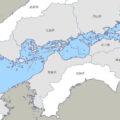


![【香川】春日川の川市 – [Kagawa] River market of Kasuga river](https://yousakana.jp/wp-content/uploads/wordpress-popular-posts/49605-featured-120x120.jpeg)


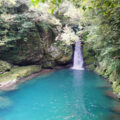





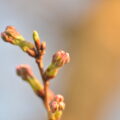


![【高知】魚を守る道、アイスハーバー型らせん魚道 – [Kochi] Ice Harbor type spiral fishway](https://yousakana.jp/wp-content/uploads/wordpress-popular-posts/50244-featured-120x120.jpeg)

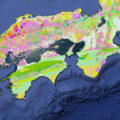
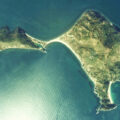
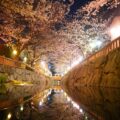




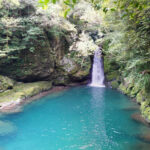
![【高知】魚を守る道、アイスハーバー型らせん魚道 – [Kochi] Ice Harbor type spiral fishway](https://yousakana.jp/wp-content/uploads/2022/10/Ice-Harbor-type-spiral-fishway_Kochi-150x150.jpeg)

![【高知 天然記念物】牧野富太郎さんも訪れた『伊尾木洞』のシダ群落 – [Kochi Natural monument] Fern colony in “Ioki Cave”, visited by Tomitaro Makino.](https://yousakana.jp/wp-content/uploads/2023/04/ioki-cave_kochi-150x150.jpeg)
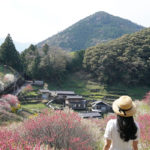
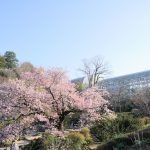
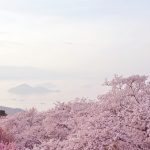
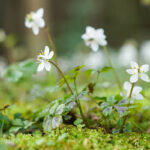
![【高知 完全予約制】手打そば 時屋 – [Kochi / Reservation required] Handmade Soba Noodles “Tokiya”](https://yousakana.jp/wp-content/uploads/2022/12/tokiya-soba-150x150.jpeg)
![【高知】手結港の可動橋 – [Kochi] Movable bridge at Tei Port.](https://yousakana.jp/wp-content/uploads/2023/07/tei-port_kochi_01-150x150.jpg)

![【閉店】創業60年の老舗のうどん屋「谷川製麺所」が閉店 – [Close Dec. 30th] Tanigawa noodle‐making factory at Kagawa](https://yousakana.jp/wp-content/uploads/2014/12/shippoku-udon-800x534.jpg)
![【徳島 国指定史跡】前方後円墳をトンネルが通る!『大代古墳(おおしろこふん)』 – [Tokushima / National Historic Site] Ōshiro Kofun Ancient Tomb](https://yousakana.jp/wp-content/uploads/2021/11/oshiro-kofun-ancient-tomb_01-800x534.jpg)
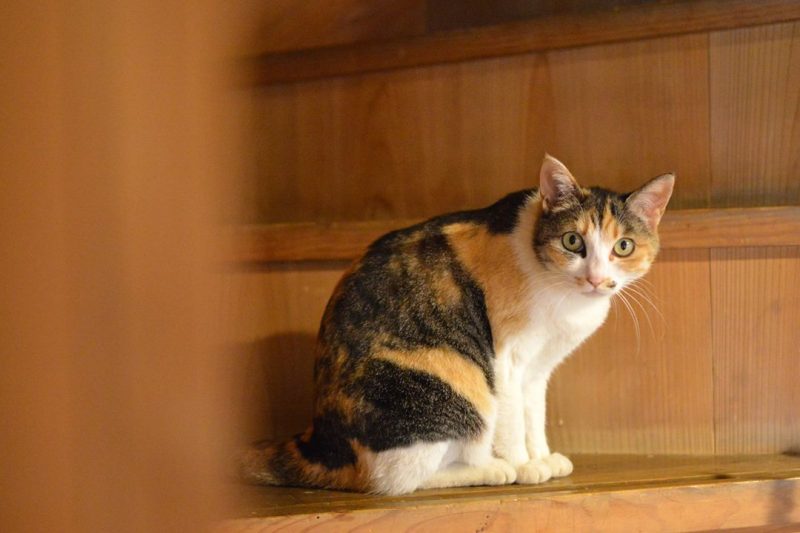
![【岡山 9/23まで】国宝『山鳥毛』 – [Okayama -Sep. 23] National Treasure “Sanchōmō”](https://yousakana.jp/wp-content/uploads/2024/08/sanchomo_title-800x450.jpg)
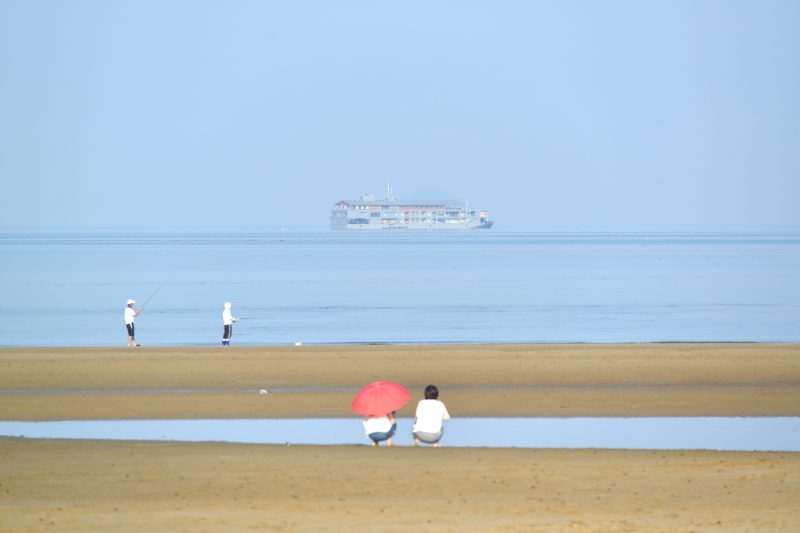
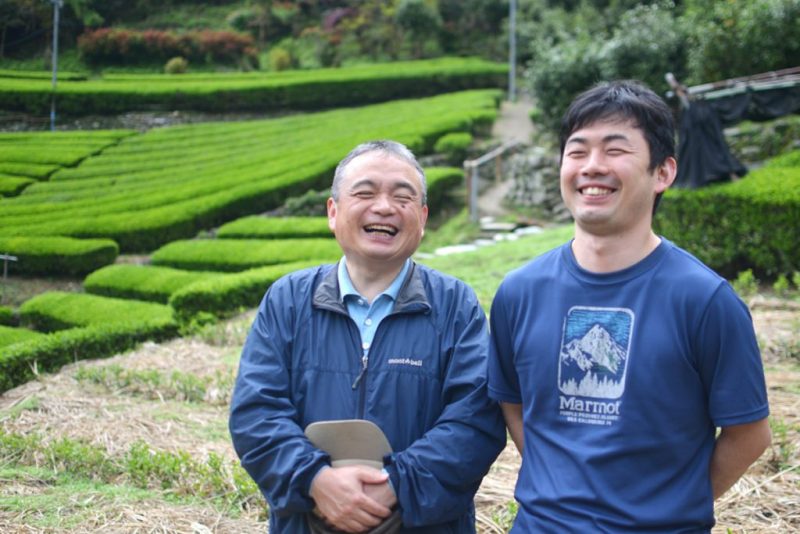
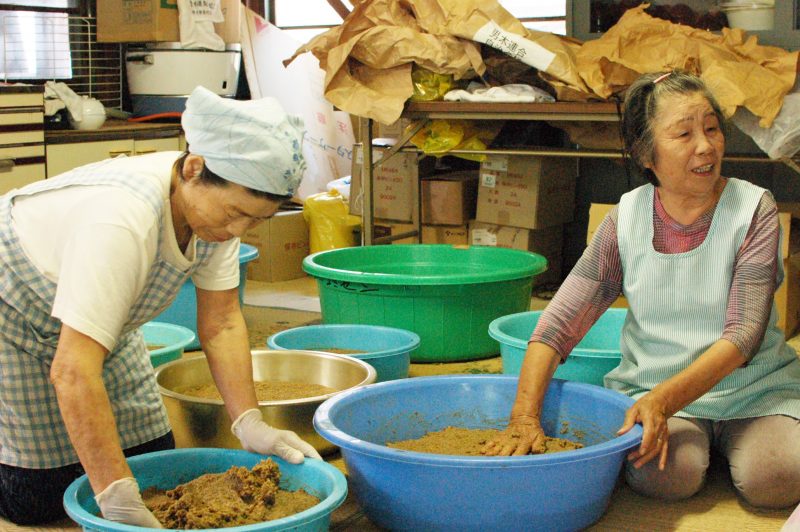
![【香川】父母ヶ浜が一望!絶景で食べる絶品ハンバーガー『BAKE STUDIO OKAZAKI』- [Kagawa] Hamburger shop at Chichibugahama beach](https://yousakana.jp/wp-content/uploads/2021/06/BAKE-STUDIO-OKAZAKI-800x534.jpg)

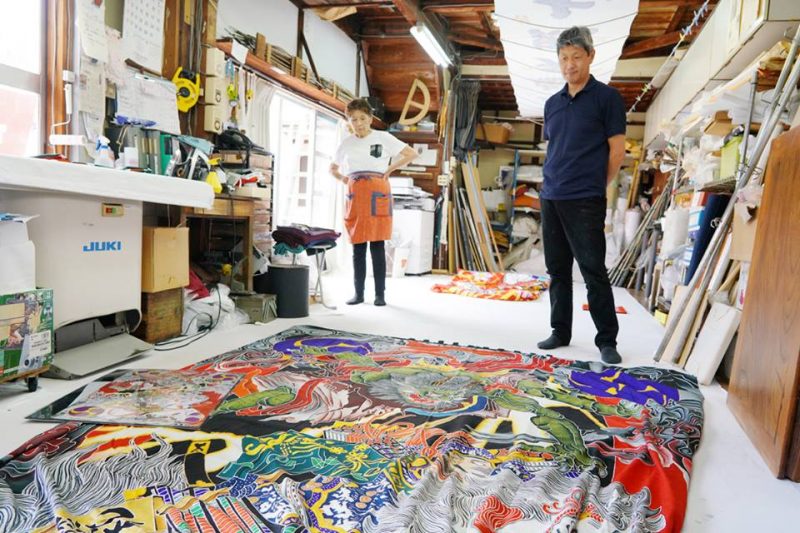
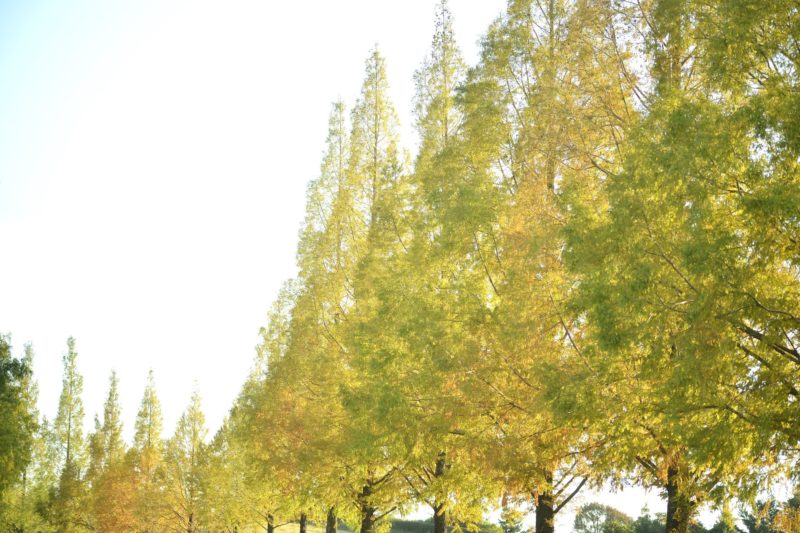
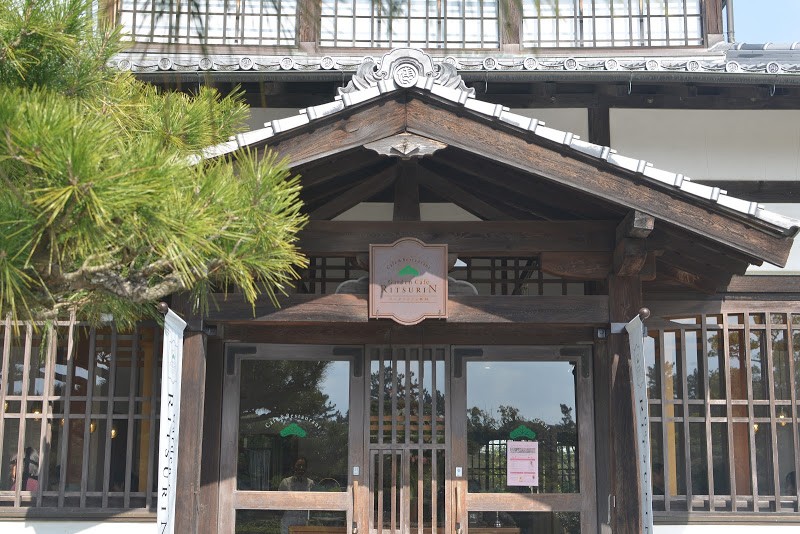

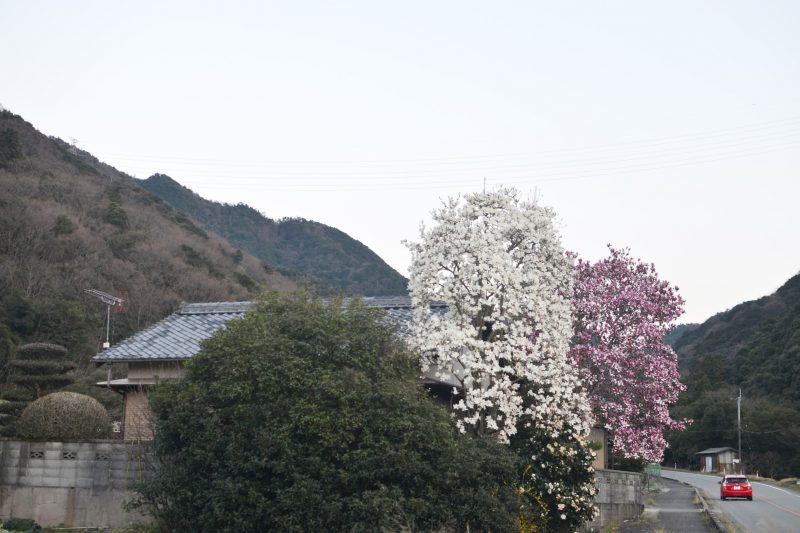

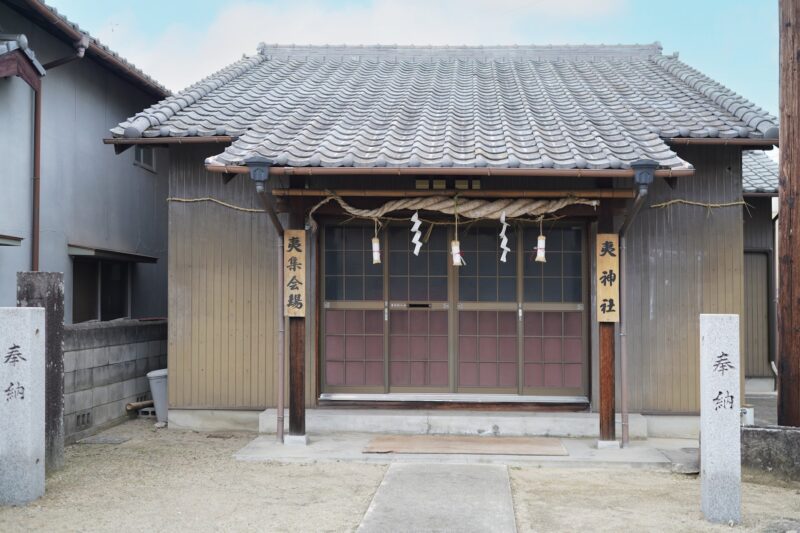
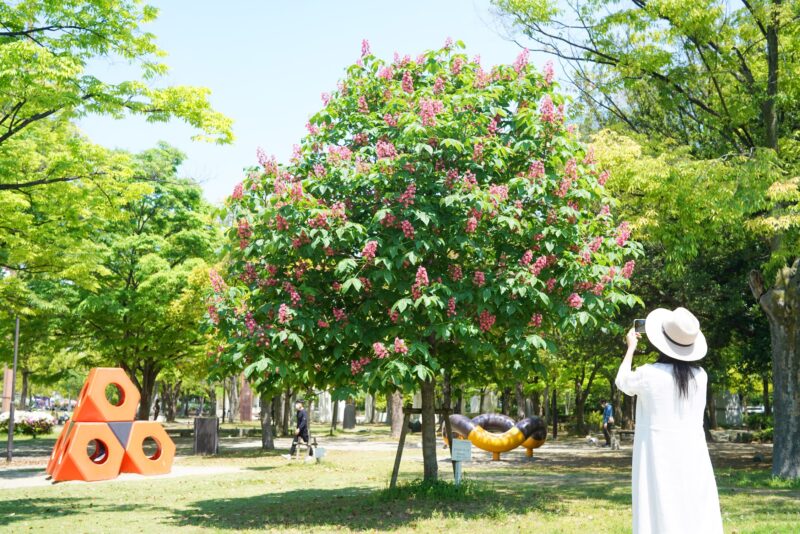
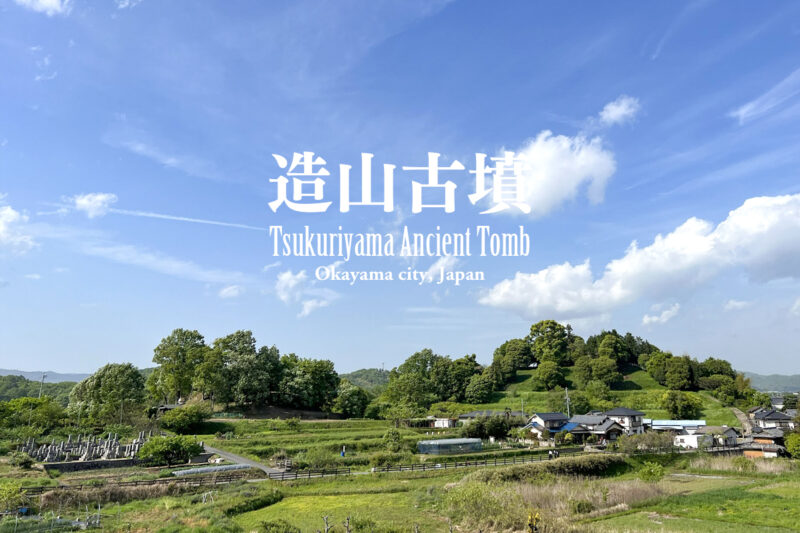



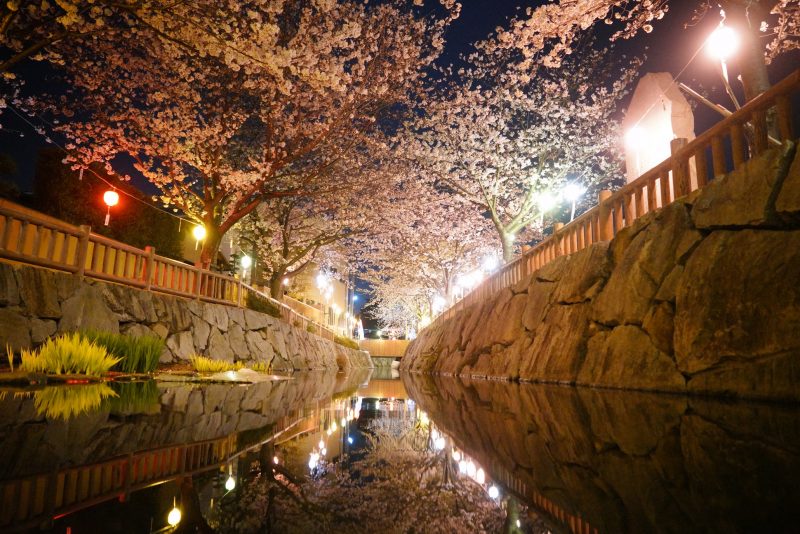
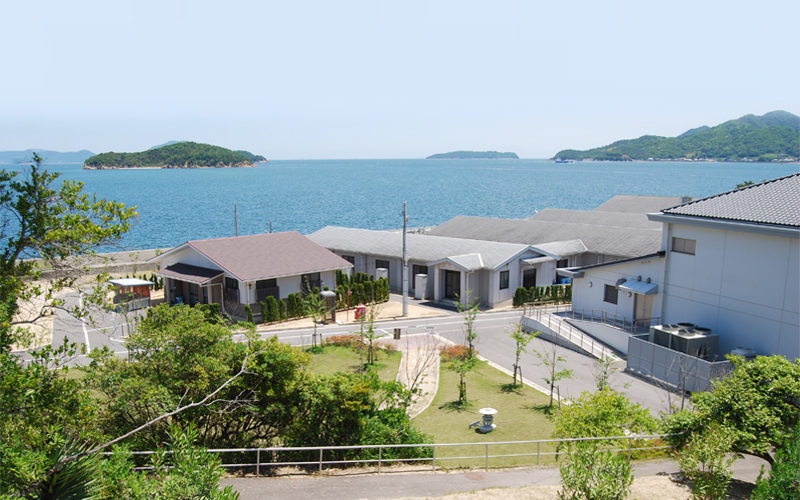
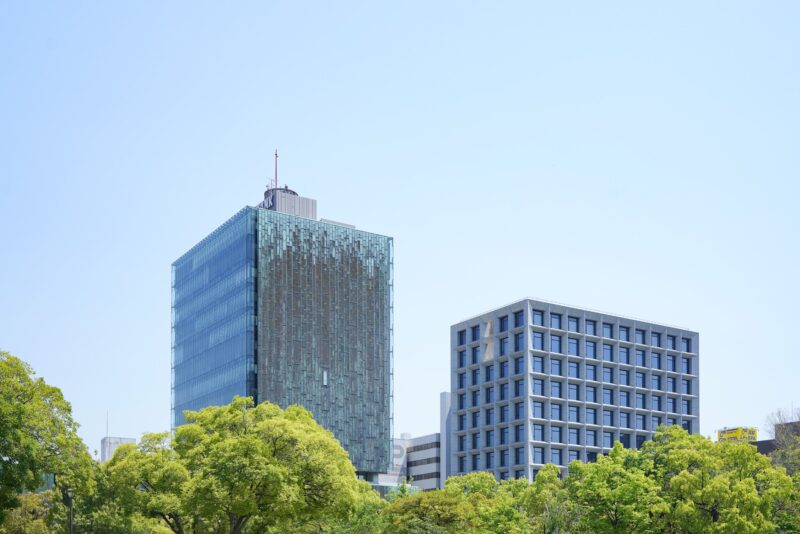
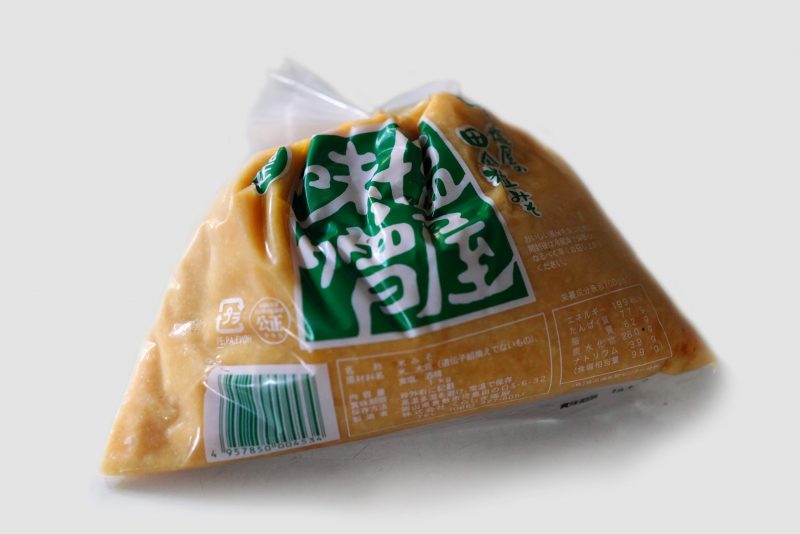
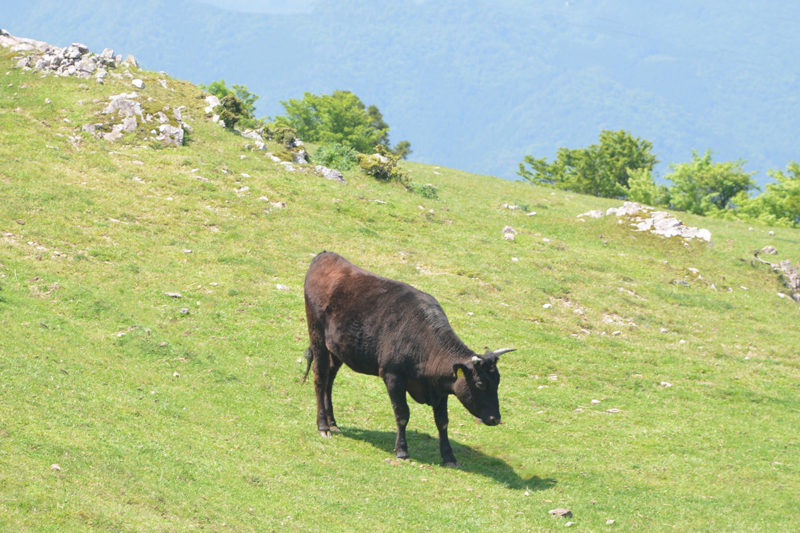
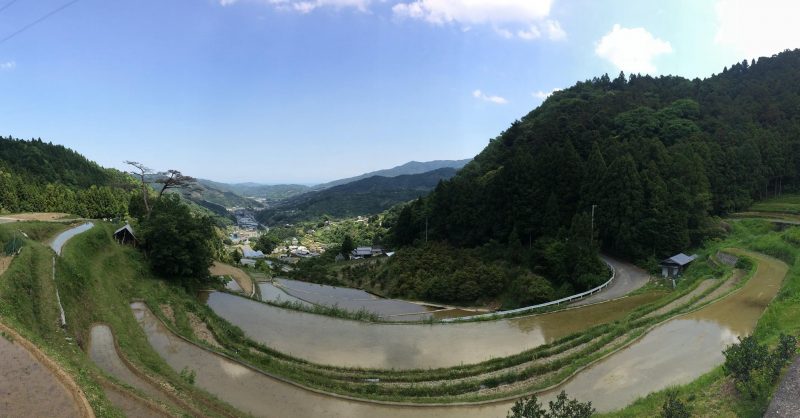
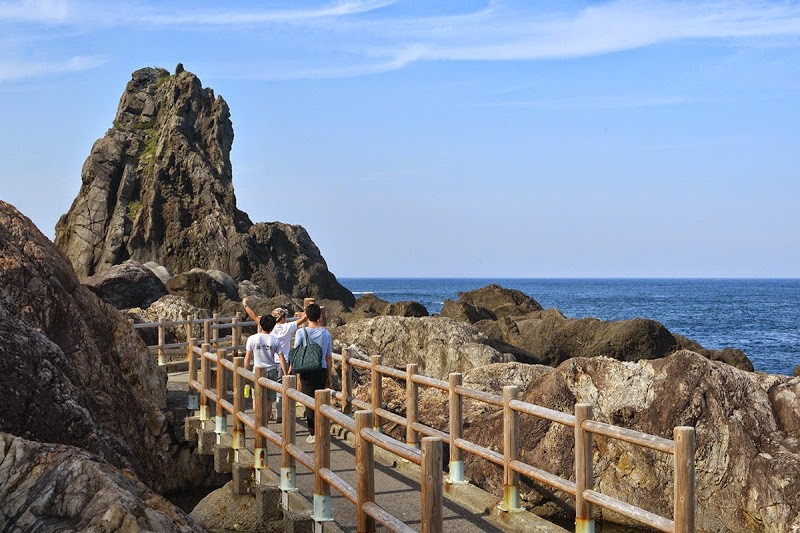
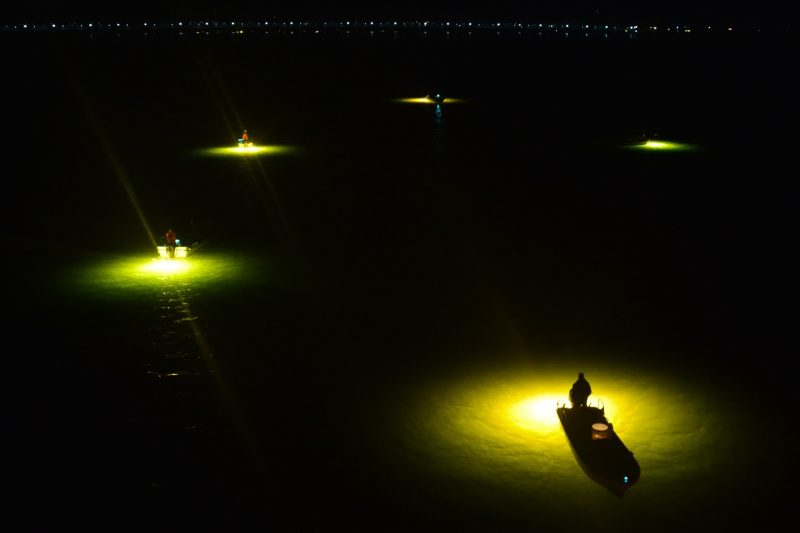
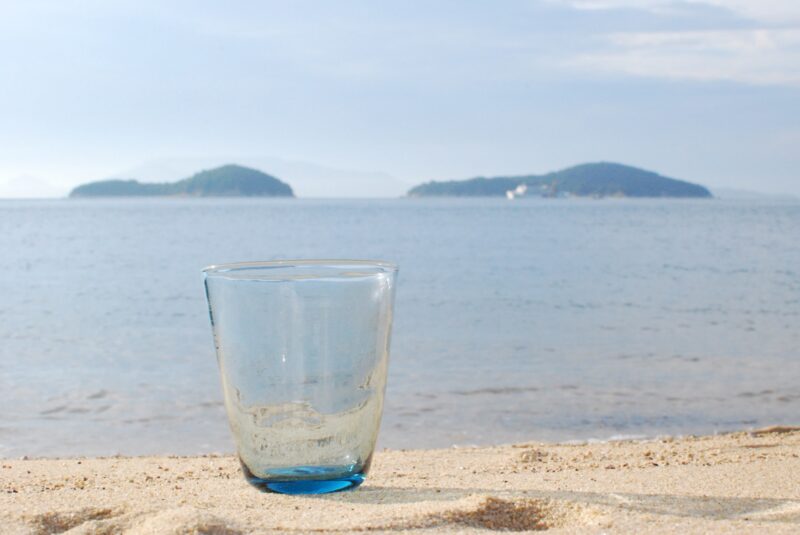

![【香川】モロッコの伝統ラグ『ボ・シャルウィット』 – [Kagawa] Boucherouite shop “maroc”](https://yousakana.jp/wp-content/uploads/2023/08/Boucherouite-shop-maroc-800x533.jpeg)
![【香川】栗林公園の梅。江戸時代から親しまれてきた梅園 – [Kagawa] Ritsurin Garden Japanese Apricot Trees](https://yousakana.jp/wp-content/uploads/2021/02/UME_Japanese-Plum_Ritsurin-Garden-800x533.jpg)
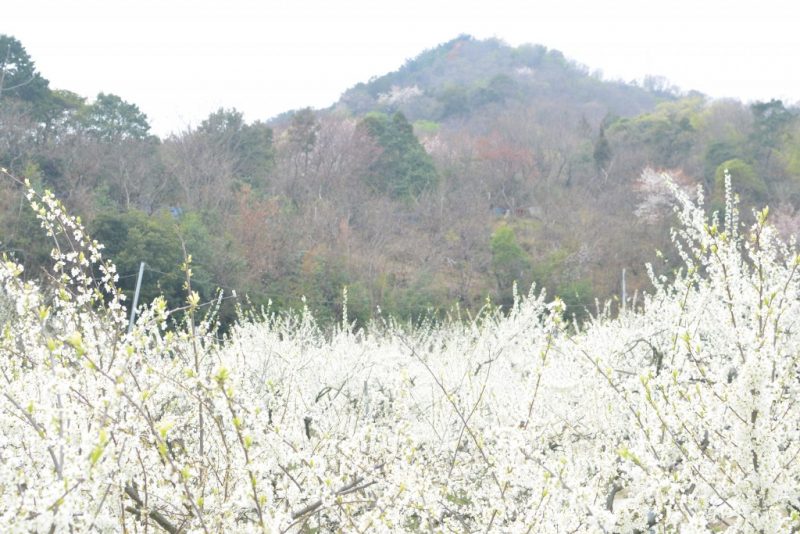

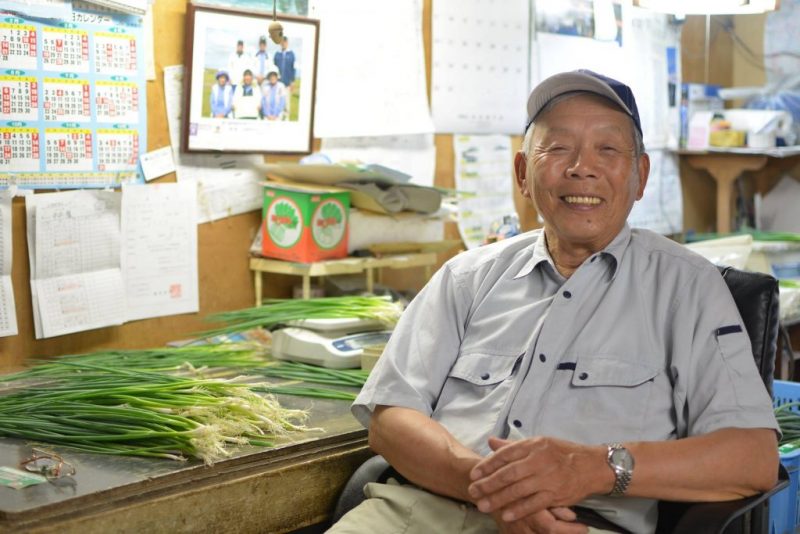
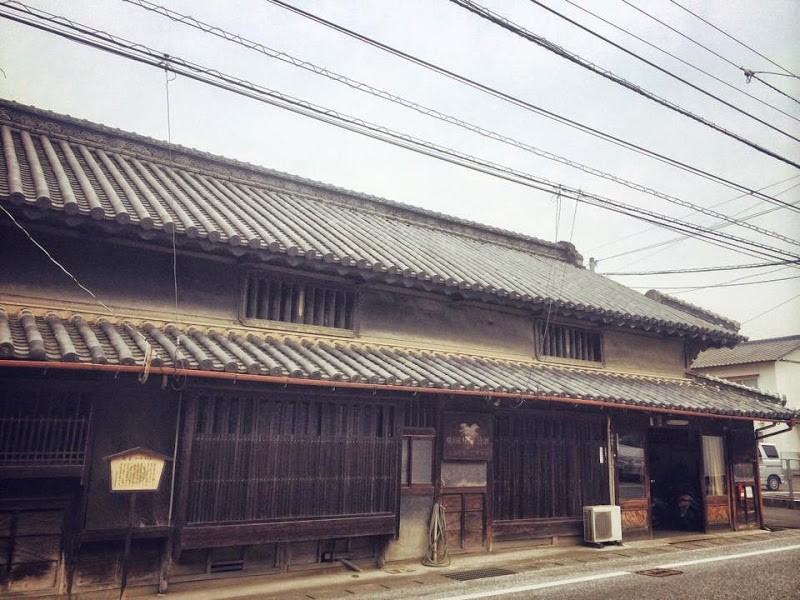
![【樹齢600年 天然記念物】岩部八幡神社の大銀杏 – [600 year-old tree / Natural monument]Ginkgo trees of Iwabu Hachiman Shrine](https://yousakana.jp/wp-content/uploads/2020/11/Panorama_Iwabu-hachiman-shrine_Icho_06-800x538.jpg)

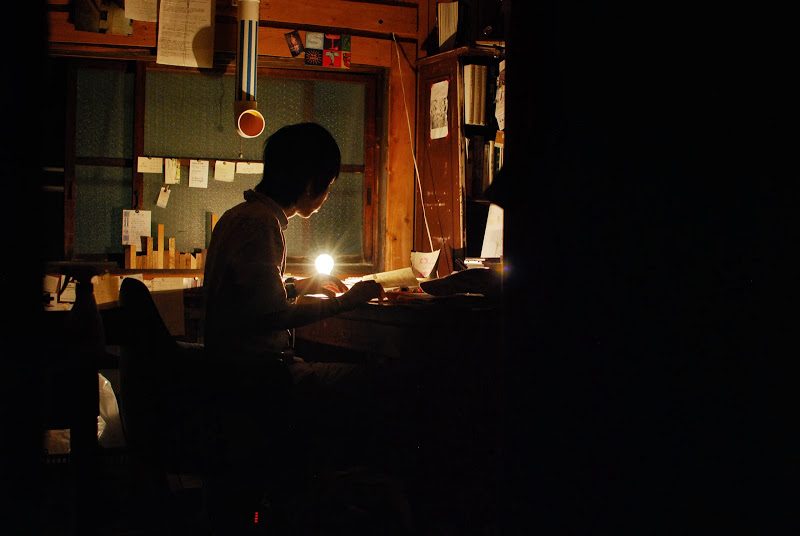


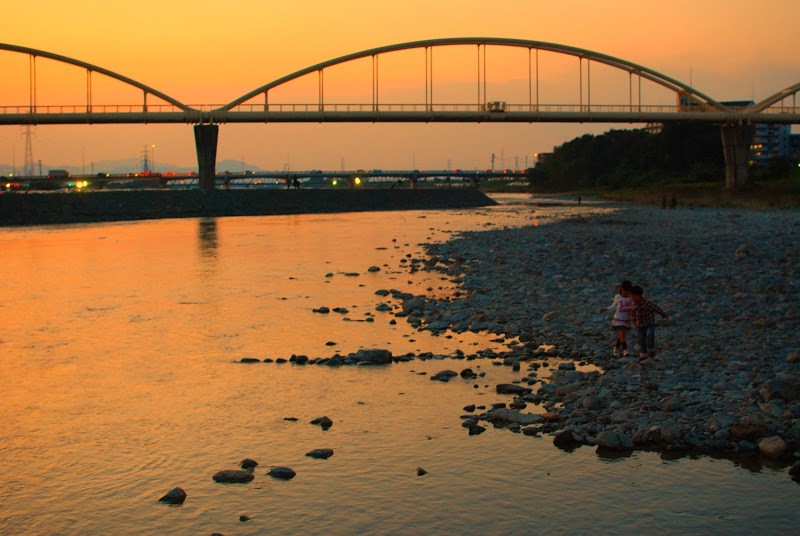
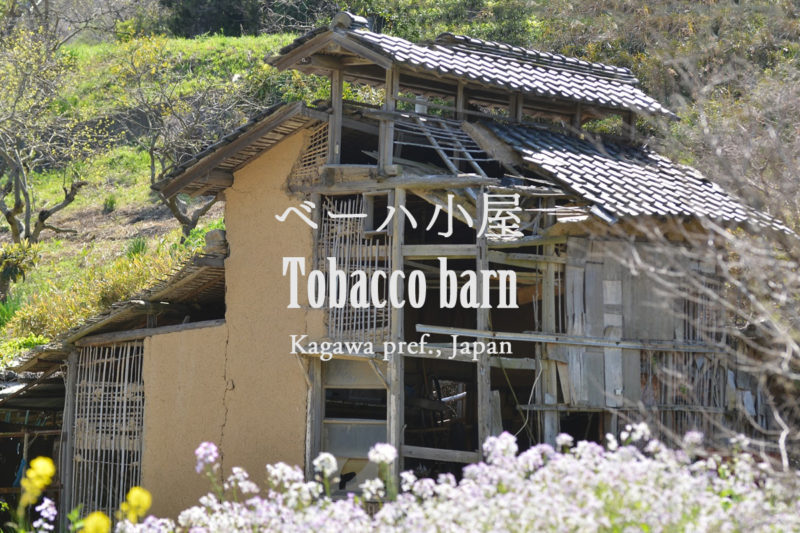

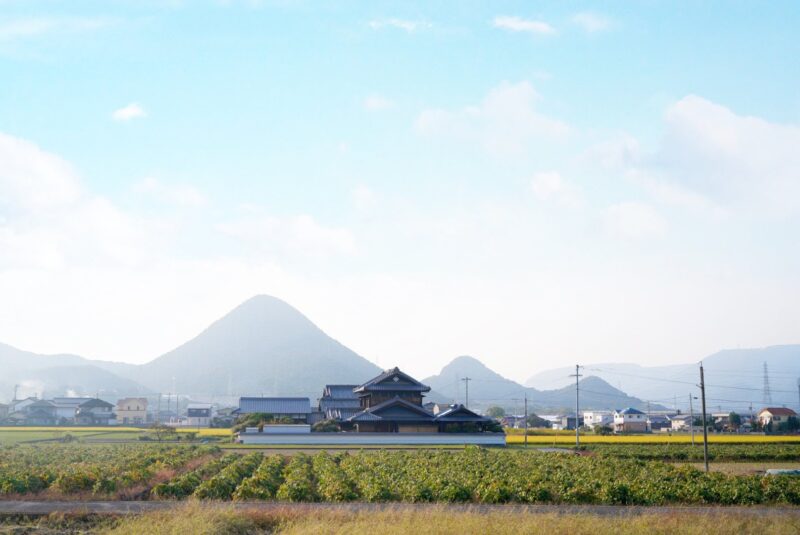

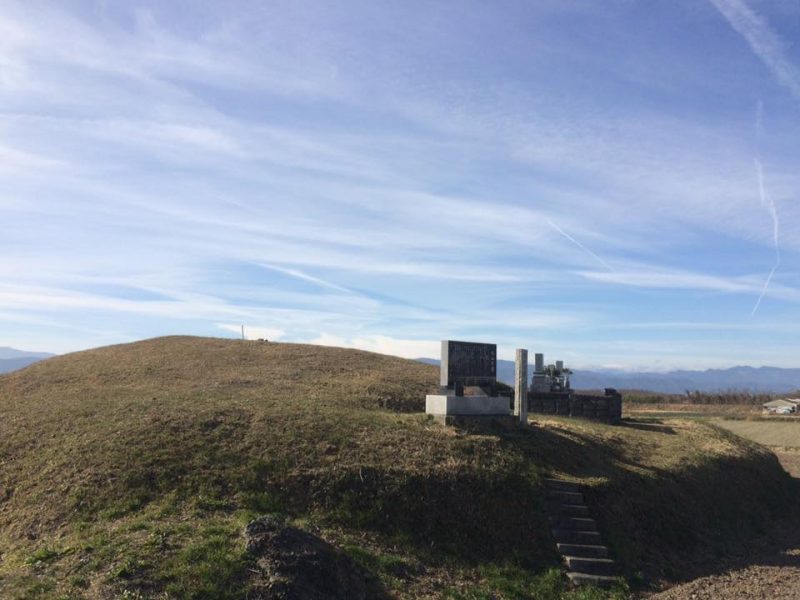

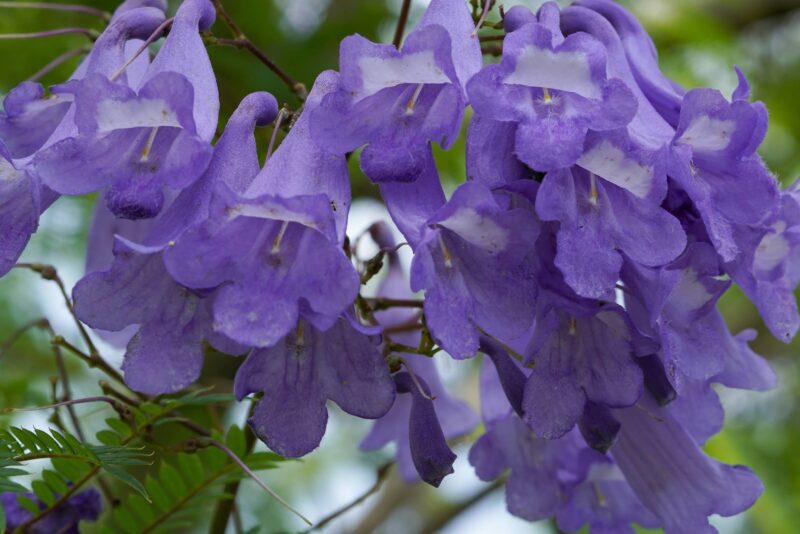
![【愛媛】約2万株のあじさい!四国の山里 「あじさいの里」 – [Ehime] The Hydrangea Village at Shikoku](https://yousakana.jp/wp-content/uploads/2018/06/shingu-ajisai-800x536.jpg)

![【香川 4/27】香川県内で唯一、滝宮天満宮で行われている『うそかえ神事』 – [Kagawa 27 Apr] Uso-Kae ritual at Takinomiya Tenmangu Shrine.](https://yousakana.jp/wp-content/uploads/2025/05/usokae_takinomiya-tenmangu-800x534.jpg)
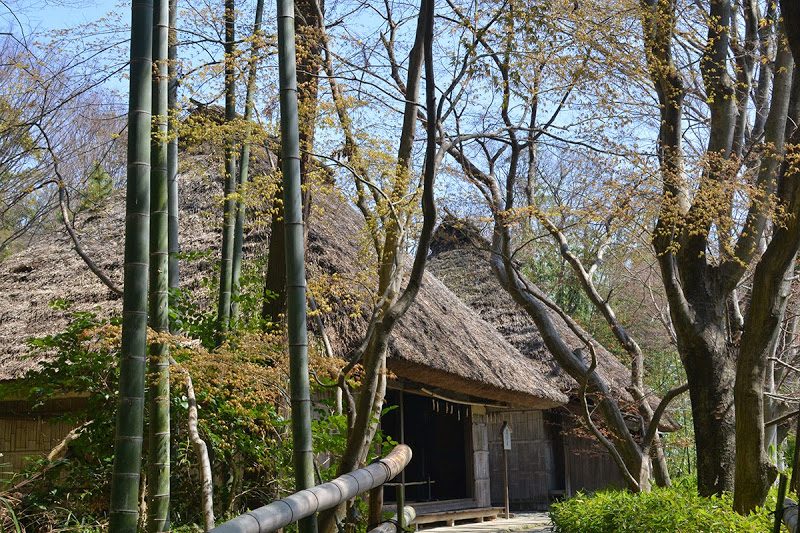
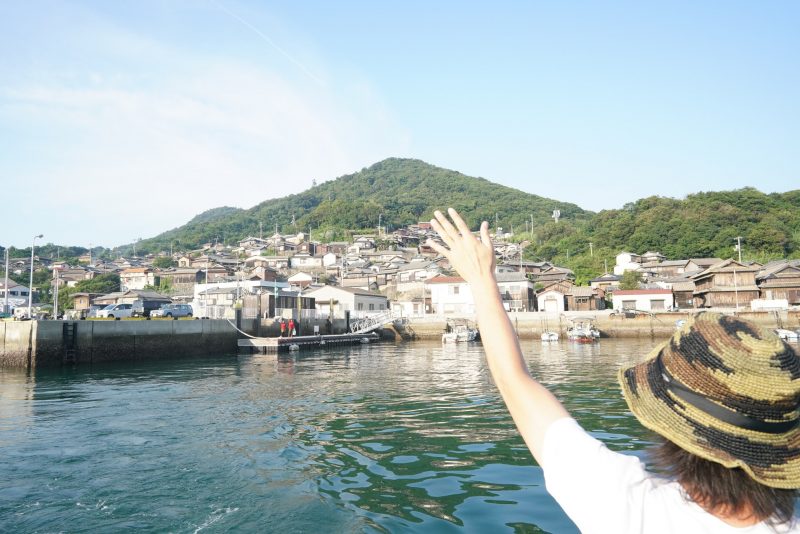

![【香川 11/15-24】雨月物語 白峰寺 – [Kagawa 15-24 Nov.] Shiromineji temple](https://yousakana.jp/wp-content/uploads/2021/11/shiromineji-temple_kagawa_sakaide-800x534.jpeg)
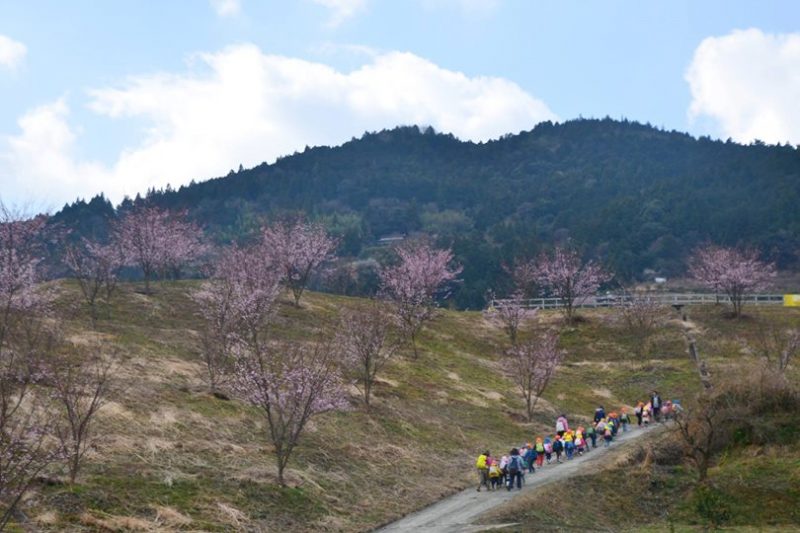
![【徳島 3月下旬~5月末迄】鯉のぼり 秘境大歩危峡を泳ぐ – [Tokushima March-May]The carp streamers of Iya valley](https://yousakana.jp/wp-content/uploads/2018/05/iya-koinobori-800x536.jpg)

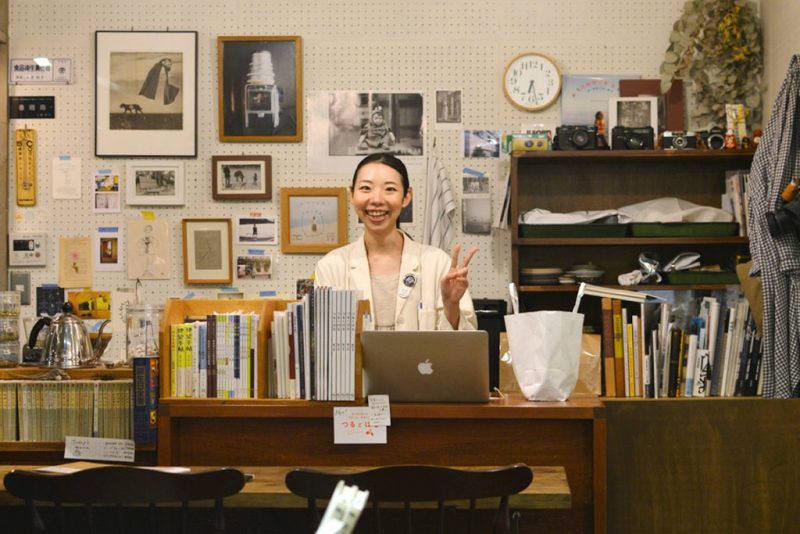
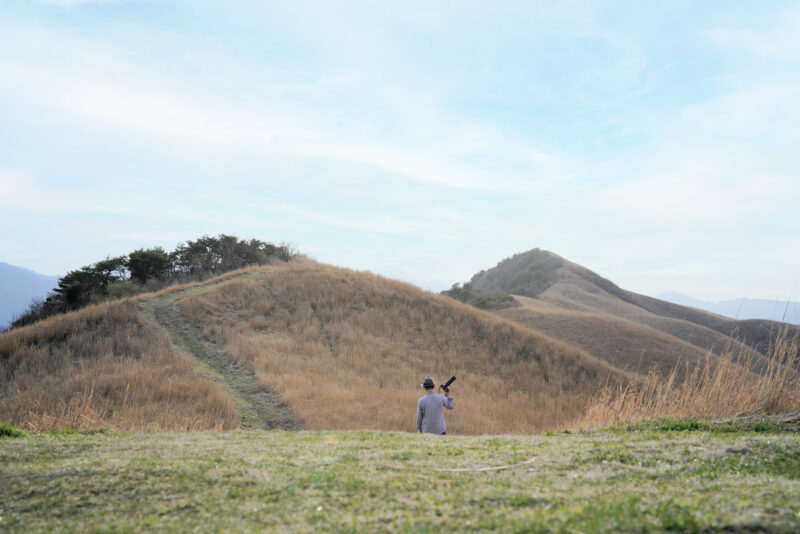
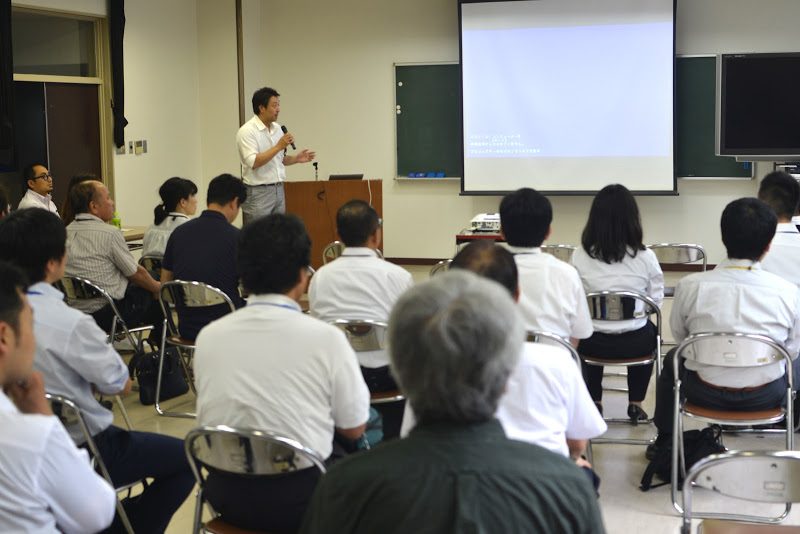
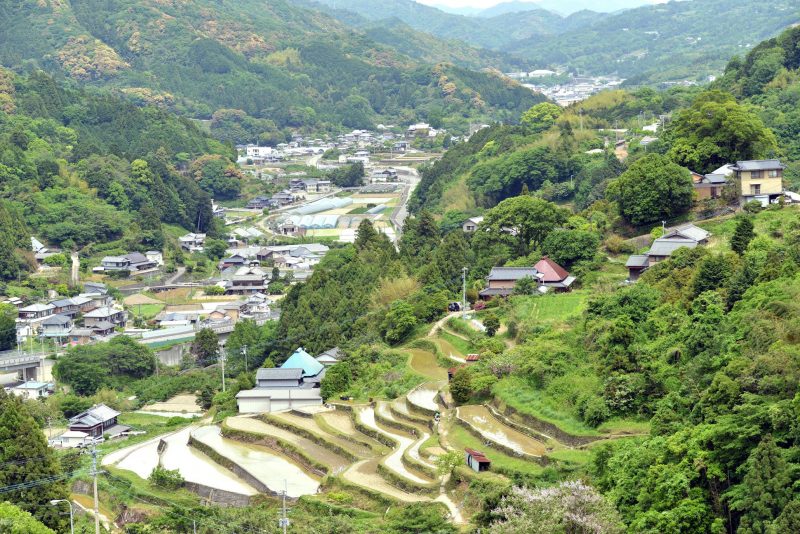

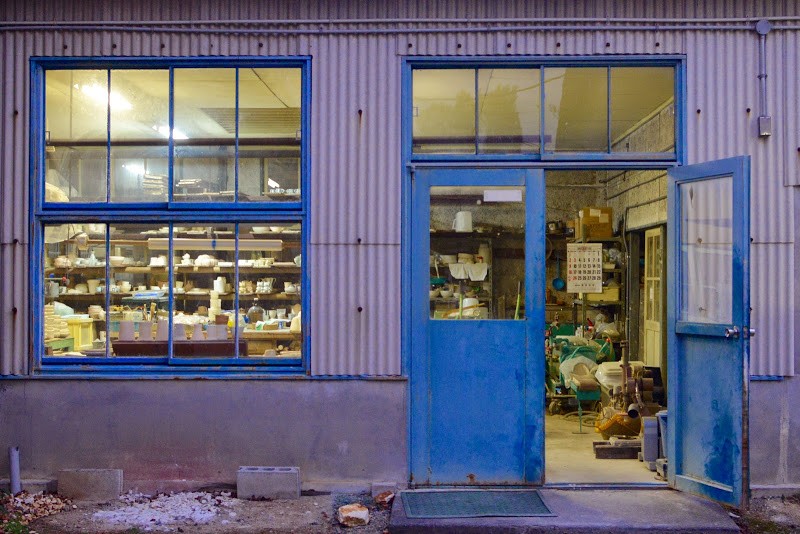
![【本島】海を休ませるレストラン – [Honjima island] Resting Sea Restaurant](https://yousakana.jp/wp-content/uploads/2024/02/honjima_fish-Restaurant-800x533.jpeg)
![【高知】マルモッタン モネの庭 モネ 高知 北川村 - [Kochi pref.] Monet’s Garden Marmottan in Kitagawa Village](https://yousakana.jp/wp-content/uploads/2021/09/Monets-Garden-Marmottan-in-Kitagawa-Village-973x649.jpg)
コメントを残す